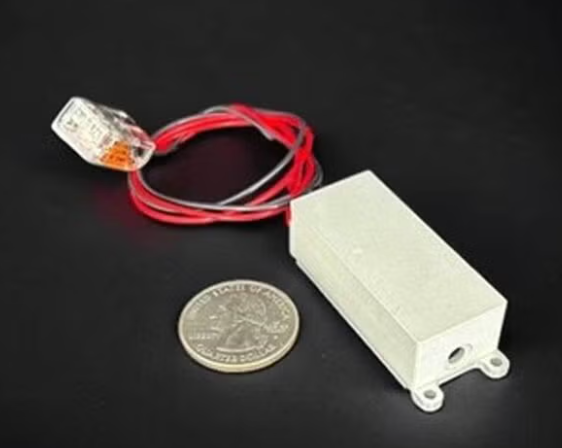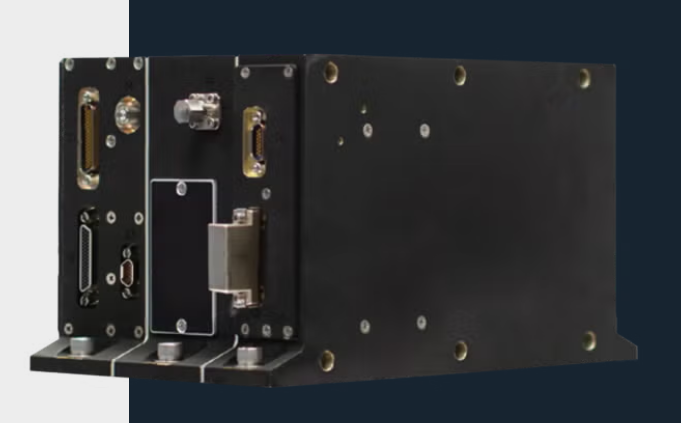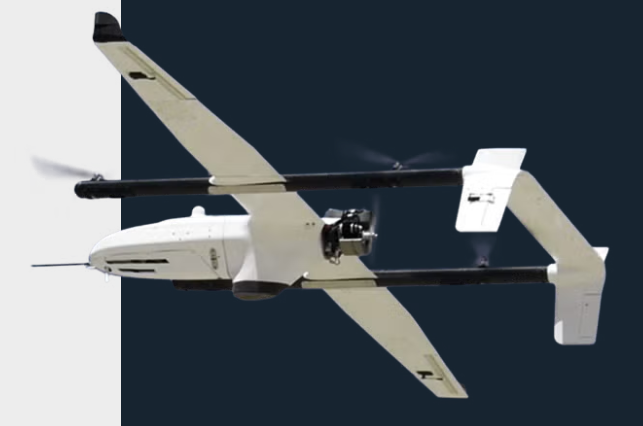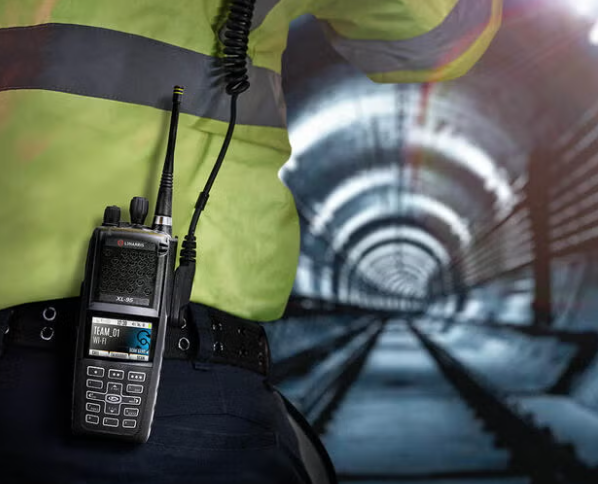Each year, millions of dollars in crop and property damage are avoided with accurate weather forecasts made possible by L3Harris Advanced Very High Resolution Radiometer (AVHRR) imagery. AVHRR is the primary instrument on the National Oceanic and Atmospheric Administration's (NOAA's) Polar-orbiting Operational Environmental Satellite (POES) system.
The E-AVHRR builds on the legacy of the POES instruments. The enhancements include four additional channels, improved detectors achieving a one kilometer constant footprint, and updated electronics including onboard image processing. Channel selections, bandwidths, and signal processing algorithms were optimized to meet the mission requirements for customer community.
Images produced by AVHRR are used to track severe storms and then are combined with the data produced by L3Harris’ on-board sounder to accurately forecast the path and severity of storms. In addition to tracking storms, the AVHRR imager is useful for mapping water boundaries, lake volume fluctuations, snowmelt, vegetation indexes, and sea surface temperature monitoring.
L3Harris’ AVHRR was first carried on TIROS-N, launched in October 1978 as a four-channel radiometer. It was later improved to a five-channel instrument, AVHRR/2, which was launched in June 1981 on board NOAA-7s.
Today, AVHRR/3 is internationally recognized as the operational imager for global weather data. It delivers improvements in performance and operational capabilities, including low light energy detection, snow/ice discrimination, forest fire detection, sea surface temperature, and global vegetation index. This six multispectral channel radiometer started its operational flight on NOAA-15, which launched in May 1998, and is also on board MetOP-1, Europe's first meteorological operational polar orbiting satellite.
Yes, we retrofit legacy systems (e.g., GE Frame 5, Siemens V94.2) with modern digital controllers, typically completing hardware integration within 4-8 weeks. Software migration requires additional validation time.
We recommend annual performance testing under ISO 3977-2 standards. Critical applications (e.g., offshore platforms) may require semi-annual tests with emissions compliance checks.
All rad-hard devices (e.g., FPGA, ADC) are QML Class V certified under MIL-PRF-38535 and tested to MIL-STD-883 Method 1019 for SEU tolerance. Full qualification reports are available upon request.
Our ASICs and power management ICs operate across -55°C to +175°C ambient temperatures, with derating curves provided in military temperature range (MTR) datasheets.
Our PMA parts (e.g., actuators, sensors) hold FAA/EASA Form 1 certification and match OEM form/fit/function. Installation requires SB/MB documentation per FAA AC 23.1529.
All NAS/MS fasteners include full DNA traceability: melt source (AMS 2301), heat/lot numbers, and AS9100-compliant MTRs with ultrasonic test reports.
AOG orders ship within 4 hours for stocked items (FAA-PMA, EASA Part 21G). Non-stock critical parts trigger priority manufacturing with 72-hour max turnaround.






 Gas Turbine
Gas Turbine
 Aircraft parts
Aircraft parts